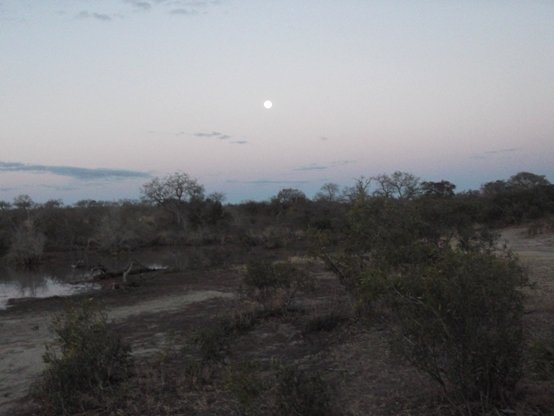Time for Hesperian depression?

Author: Ivan Lätti
Photographer: Ivan Lätti
When Hesperus, the evening star appears, people may tend to feel a little down. The good day is sadly over, the bad one delivered poorly.
Hesperus in Greek mythology was the son of Eos, the goddess of dawn. The family likeness can still be seen in wispy pink clouds, similar at dawn and dusk. It’s not the colour then, but the end rather than beginning that tends to dispirit. From the Romans we got vespers.
Hesperian depression, a stronger form of such feelings, is talked about in psychoanalysis and psychiatry. Sundowners are thought to be an antidote for such maudlin moods.
Hesperus or Venus hangs in the western sky when light fails, while the full moon rises in the east... where the sunrise will come to lift feelings and leave those awakening in a place of natural beauty refreshed for the day.
Eugene Marais, poet and naturalist, also spoke of Hesperian depression. He thought mammal behaviour at nightfall in the wild reflected the experience of similar sensations. He observed them standing quietly in contemplation for a long while, possibly sensing the moment, the stirrings of consciousness insufficient for formulating thought.
In evolutionary terms these reactions in higher mammals stem from before the split in our ancestry.
No need not take the story seriously. Not everyone is sentimental. Here in the wild by the water in fading light sloppiness could cost the dreamer a life. Hesperus was after all the half-brother of Phosphorus, the morning star and bearer of light!

